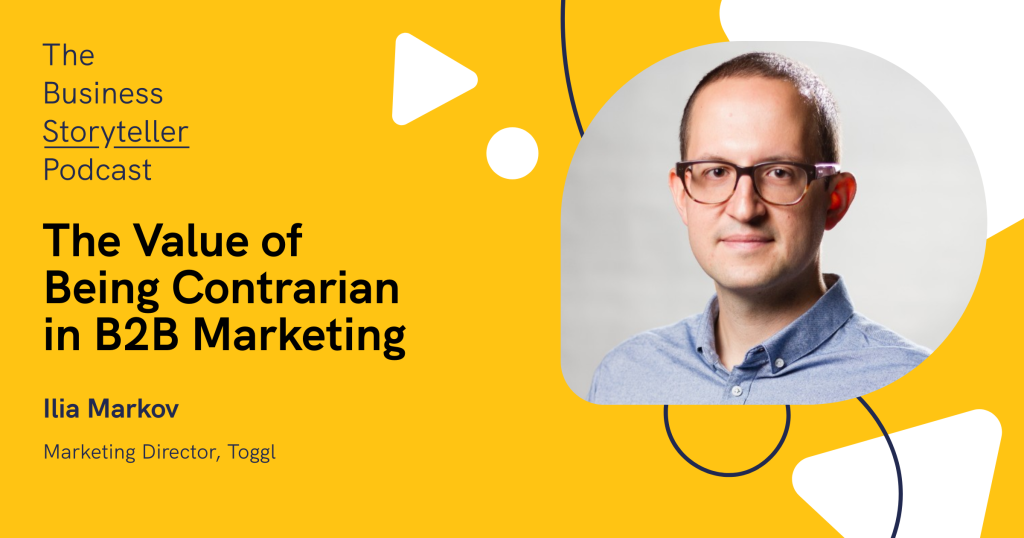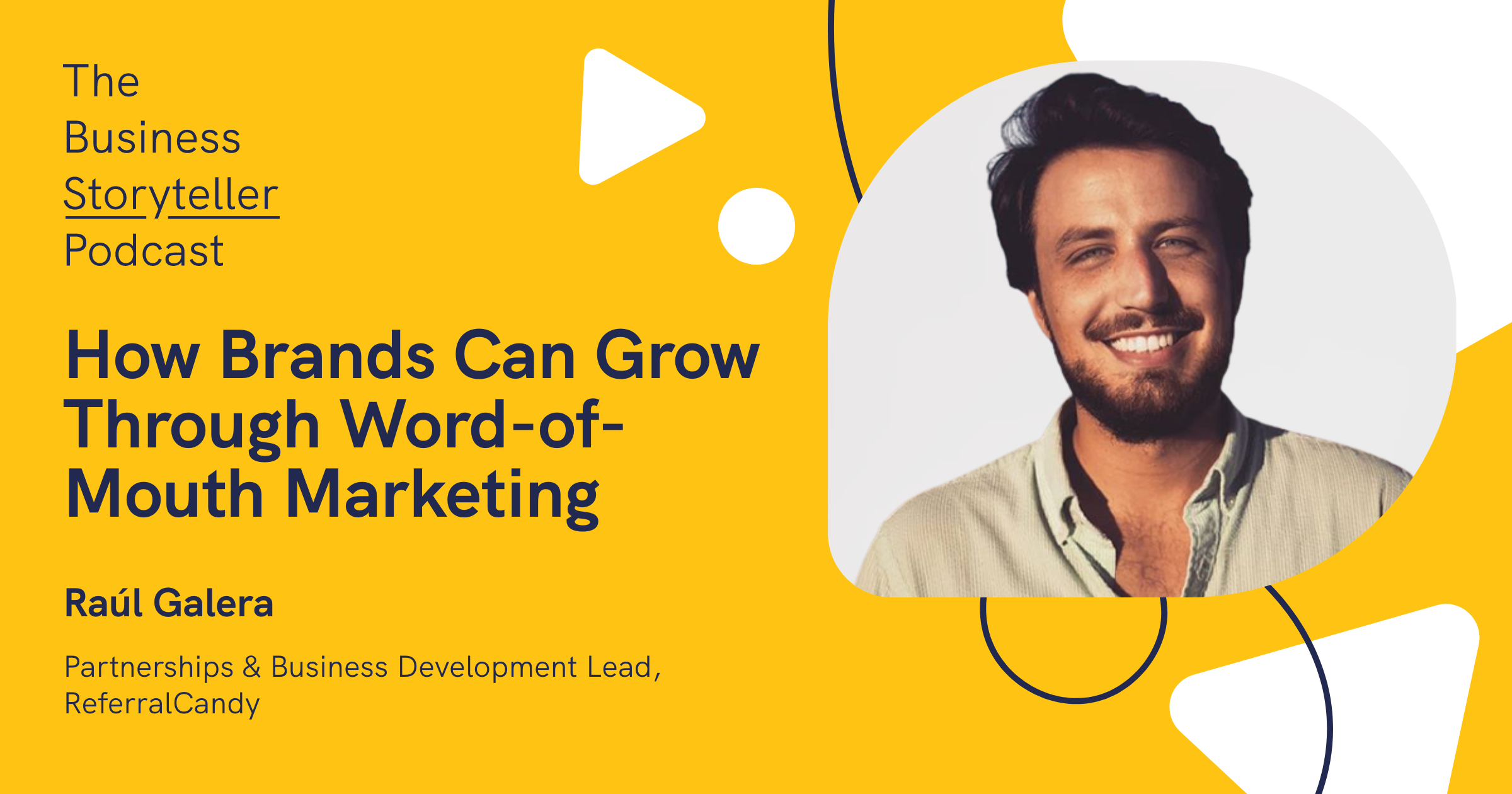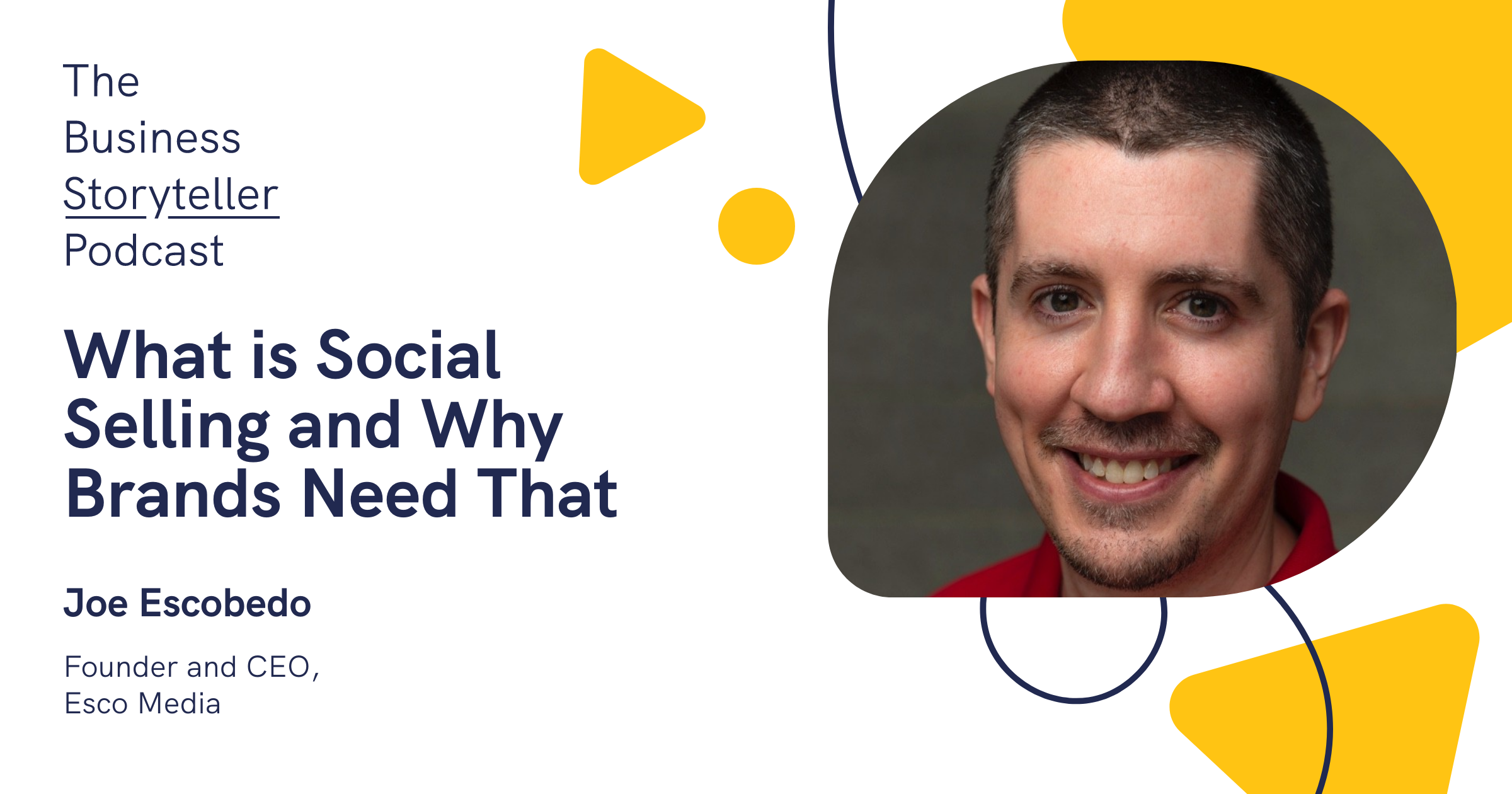When it comes to brands, this is what you need to start. Knowing your customers. I don’t think there’s ever enough customer research that you can do. So just going out, whether it’s just checking out discussions on Reddit or Quora, or running a survey, sending out email survey, or whatever. Actually getting on calls, reaching out to customers and saying, “Hey, can I take half an hour of your time?” You’ll be surprised how many people say yes. A fair bit of people won’t respond, but quite a few people say yes and then when you talk to them, it’s like your mind gets blown. What kind of things that they tell you.



